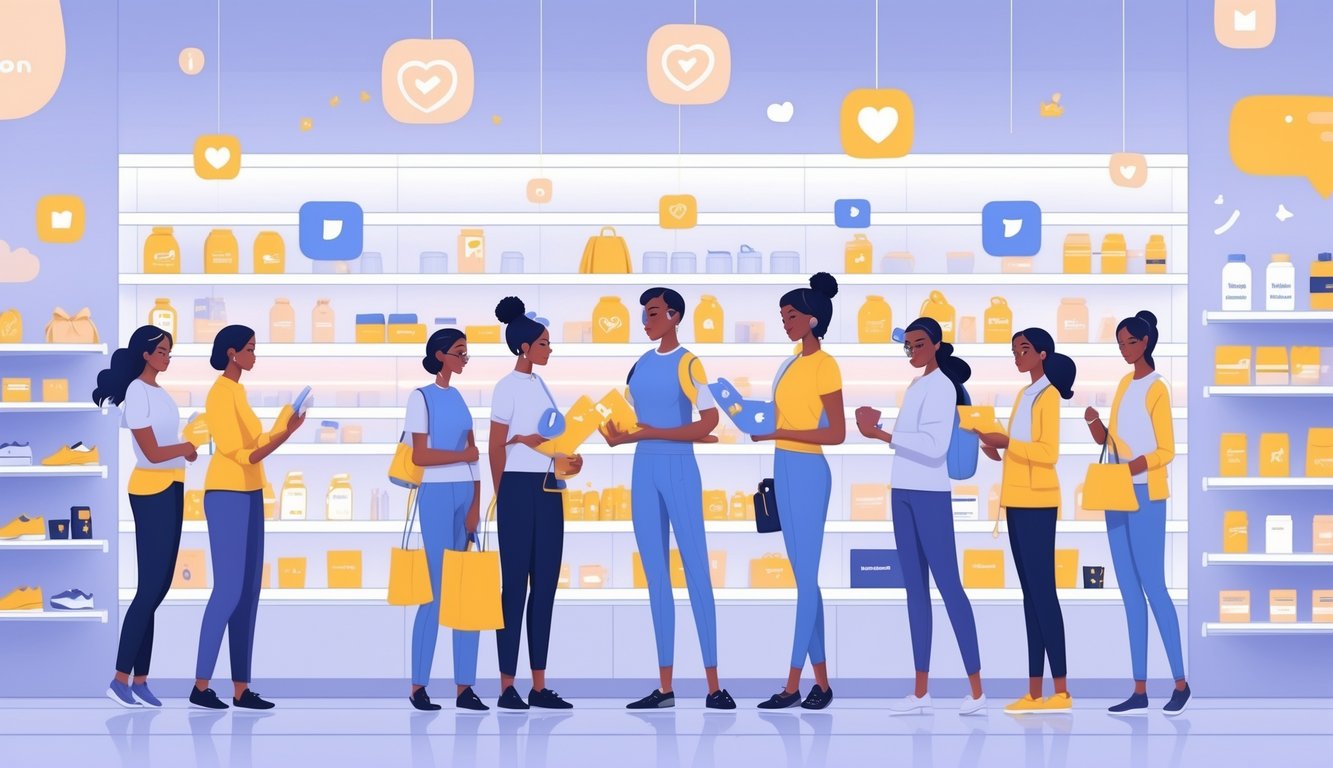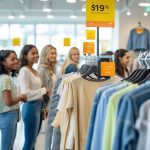
Frequently Asked Questions
Oh, the questions. If I had a dollar for every time a brand manager asked about trust, numbers, or “authenticity,” I’d probably retire. If you’re sick of hearing about CPMs and influencer “success stories” that sound like bedtime stories, you’re not alone.
What tactics do influencers use to build trust with value-focused shoppers?
Why is everyone suddenly the queen of coupons? My feed’s full of “I’d buy this CeraVe even if I wasn’t paid” and then, boom, a blurry receipt. Next slide, “here’s my skin before and after,” but the lighting’s different. Who cares, it works.
And then it’s 1 a.m., and some influencer’s replying to ingredient questions in the comments. “SPF 30 is fine,” they say, but honestly, does anyone remember to reapply? Affiliate links pop up in “totally honest” TikToks—sometimes buried, sometimes not. But the best? The ones who spill coffee, mess up the unboxing, and just keep rolling. You trust them way more than the ones with perfect lighting.
Saw someone compare hand soaps by how much was left after their kids made slime. I mean, what? Still don’t know if it’s a good deal, but I’d buy from that person over most YouTubers.
How has influencer marketing evolved by 2025 to cater to budget-conscious consumers?
Remember when only the big names sold $100 serums? Now it’s nano-creators with 2,000 followers talking about buying off-brand cereal to save for a road trip. Influencer Marketing Hub (I think?) said 43% of brands shifted to nano and micro-influencers last year. Tight budgets, tighter targeting.
Brands DM me now asking if I’ll review an $8 dupe instead of the $60 version. “Can you do a price breakdown in Stories?” Sure, why not. Klarna codes everywhere—gotta make it look affordable.
The wildest part? My analytics say people click most on bulk pantry staples and thrift-store finds, not the shiny new tech everyone thinks will go viral.
Which metrics are crucial when assessing the ROI of influencer collaborations?
If I see “engagement rate” worshipped one more time, I’m burning my planner. Impressions don’t pay my internet bill. Sprout Social said finance influencer posts average $1,400? Who’s making these deals, ChatGPT?
Click-through rates, code redemptions (I lose track of my own codes), and DMs after polls—those matter. Last fall, 18% clicked a budget vacuum link. Likes? Barely moved the needle.
Weird thing: sometimes a Story gets shared to a bunch of group chats, conversions skyrocket, but likes stay flat. So…is “shares” the secret sauce? I honestly have no clue.
What strategies do influencers implement to outperform traditional brands in attracting customers?
Influencers love a good “price hack.” Ten-second Reels showing how to turn a dollar store bin into fancy storage instead of buying the $40 one. Traditional ads? Still pretending everyone has a $200 grocery budget.
I see more personalized replies now—like, “Hey Emily, here’s a vegan swap I found, not sponsored.” Try getting that from a brand hotline; you’ll get hold music and a bot.
Pop-up live Q&As during payday weekends? Influencers do it, brands don’t. I ran a late-night poll about cheap school lunches, and hundreds replied in minutes. Nobody wants a shiny ad when they’re counting change.
How important is authenticity in influencer campaigns targeting cost-sensitive shoppers?
“Authenticity” is such a joke word now, but if you fake loving those $19 joggers, people bail. I once said a skincare product did nothing for my allergies—brand hated it, but my DMs blew up with thank-yous.
Budget shoppers? They check receipts, add up the haul, and call out fake deals instantly. Sometimes the viral moment is a fan catching a faked discount and roasting the influencer in the comments. If I start with “Bought this myself on sale, here’s proof,” my saves and shares double.
Get too hyped about a deal? People get suspicious. But if I shrug and say, “It’s fine, it’s cheap, it’s not magic,” DMs go wild. Go figure.
Can you highlight success stories of influencers who have significantly impacted consumer buying habits?
Alright, so, remember that one year—was it 2022?—when Anna Reardon, who basically lives in budget fashion hauls, managed to wipe out an entire online store’s plus-size jeans in, like, a weekend? I’m still not sure if people bought them because she roasted the buttons (“cheap, but hey, I hiked in these and they didn’t explode”) or just wanted to use her $2 cashback code. The press picked it up, which is wild. I mean, who expects a try-on haul to do that?
Then there’s Marcus L., the TikTok dad who’s always pushing frozen veggies and making off-brand school lunches look… I don’t know, less sad? He went viral demoing how to hack the grocery bill. Next thing, three local stores saw their veggie sales spike, and apparently a manager slid into his DMs about teaming up. Maybe I should start filming my own sad fridge.
But honestly, the weirdest thing I’ve seen? Not even a paid ad. Someone did this brutally honest comparison of three $20 night creams—called one a “total flop”—and, naturally, that’s the one that sold out. People just wanted to try the “bad” one. I can’t tell if marketing is genius or just chaos now.



